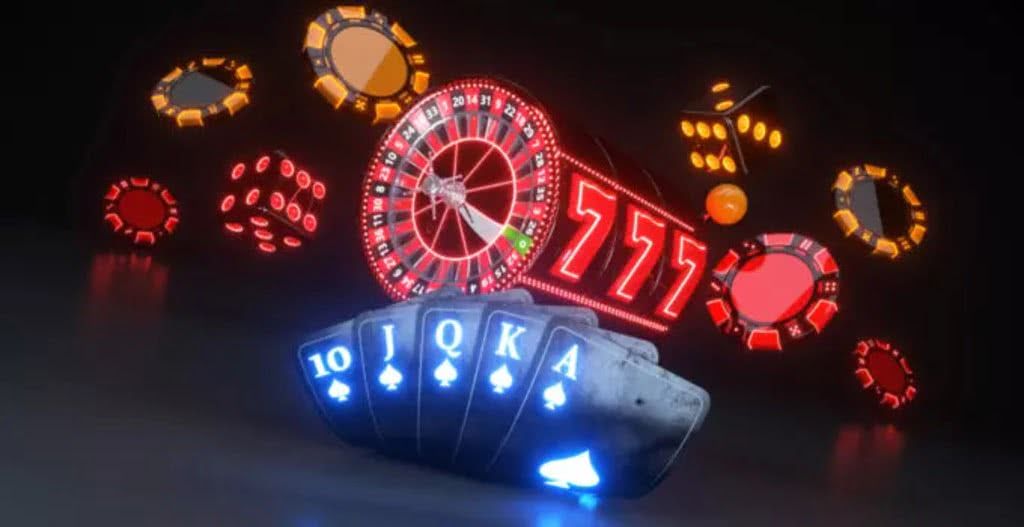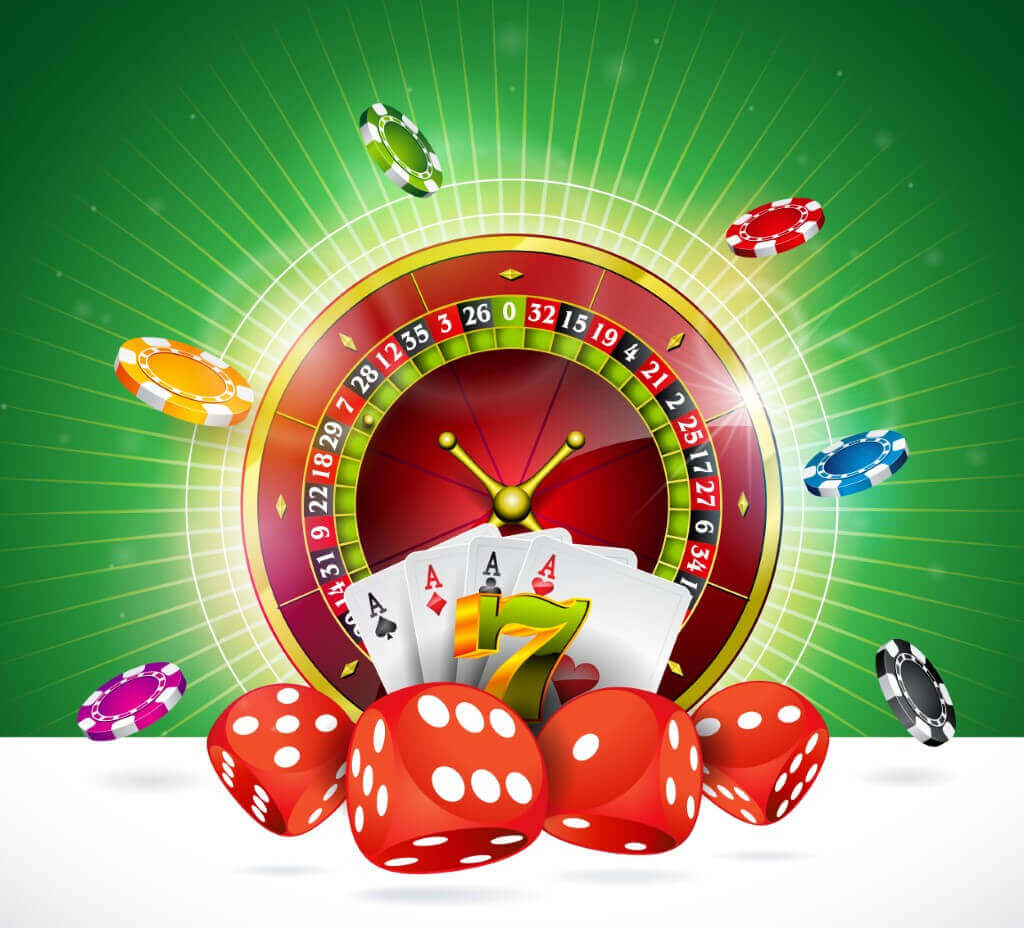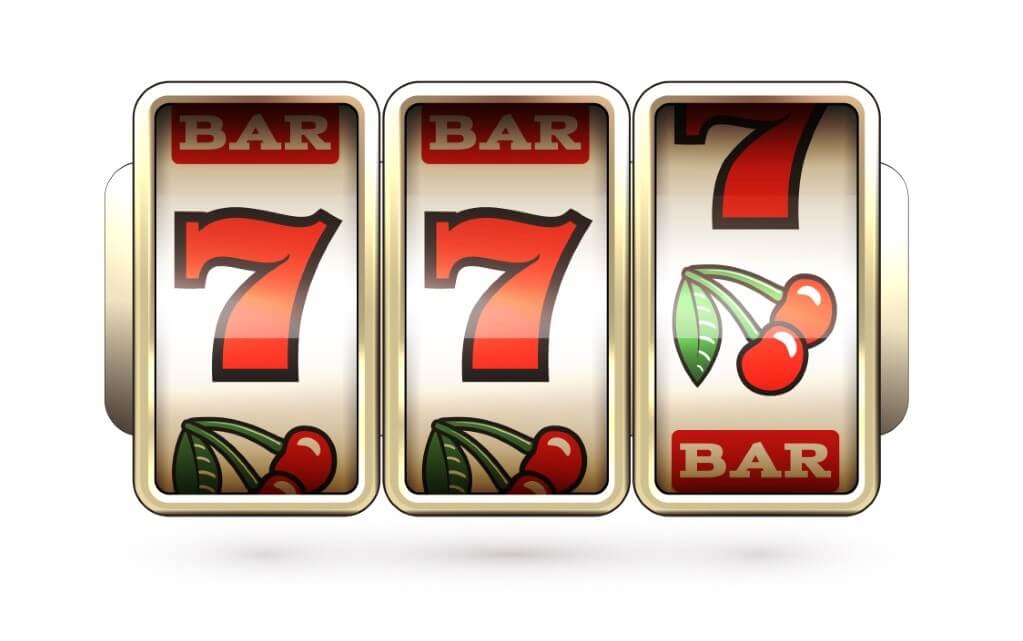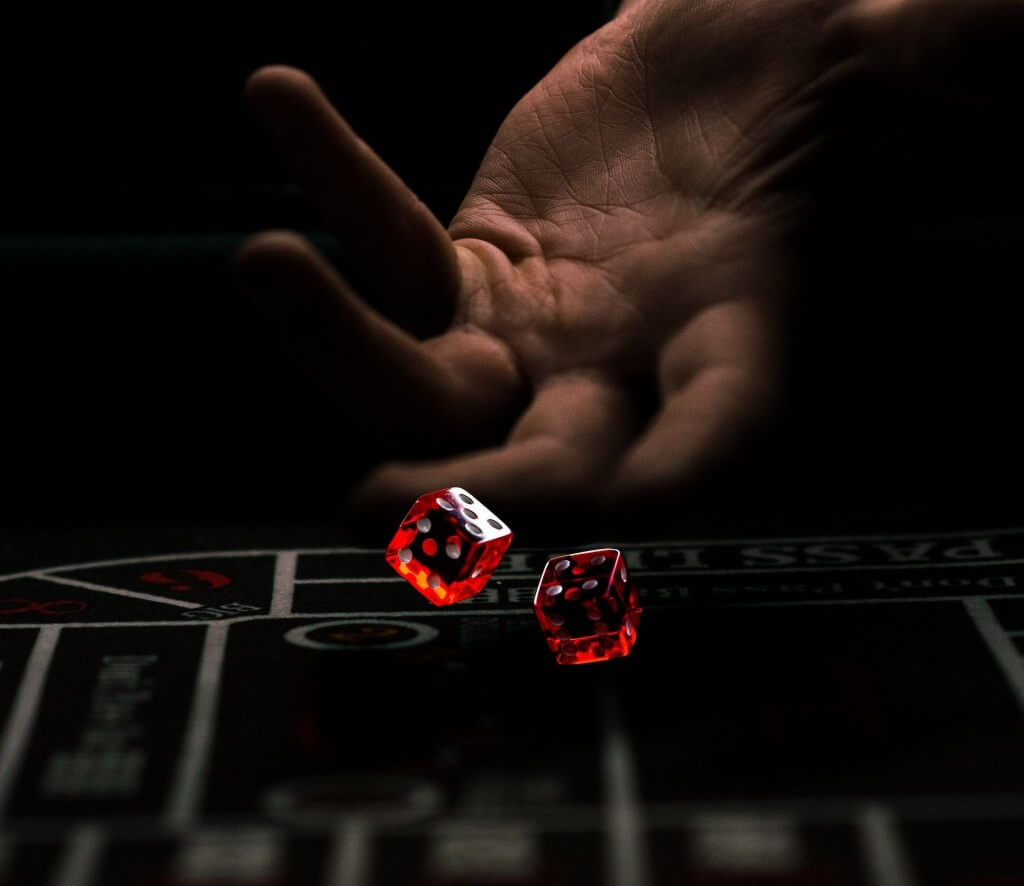- How Electric Guitars Redefined Music - November 13, 2023
- How to Identify a Reputable Mobile Casino in Five Simple Steps - October 18, 2022
- Gambling Can Provide Inspiration for Poker and Other Arts - September 14, 2022
Blackjack is an intriguing table game because it is appealing to people who have never gambled before. After all, the rules are simple, but it is also liked by experienced gamblers because of the depth of strategy and mathematical sophistication it provides. This makes blackjack an intriguing table game. When you have more expertise playing blackjack, employing blackjack charts can help you enhance your game and give direction to your decision-making as you progress through the game. The question that needs to be answered now is, Specifically, what are they, and How Can You Use Them?
What exactly are the advantages of using blackjack charts?
Blackjack charts are known by a variety of names; however, regardless of what you call them, whether decision matrices or anything else, the goal is the same: to provide you with a strategic advantage based on the situation of the game at any given time without the requirement that you learn how to count cards. These charts often consist of columns and rows, with the columns denoting the cards held by the dealer and the rows denoting the cards held by the player.
Before we get into the specifics of how to use these charts, it is essential that you be well-versed in the game as well as the numerous betting possibilities that will be presented to you. This will allow us to proceed with our discussion in a more productive manner. What exactly does it mean when people talk about “doubling down” when they’re playing blackjack, for instance? If you get familiar with such concepts, you should be in a good position to start utilizing blackjack charts once you’ve completed your education.
What does looking at blackjack charts mean?
Most of the time, these charts come in handy if you don’t know how to play the hand you’ve been dealt and need help deciding which move will give you the best chance of beating the dealer.
The goal of the card game blackjack is to build a hand with a total value that is as close to 21 as possible without going over. You will be in big danger if you go beyond this. You will be eliminated from the game if you go lower than this but the dealer’s hand is stronger.
The charts are simple to interpret once you realize that all you need to do is compare the total value of the cards in your hand to the card revealed by the dealer, and then select the next action that is statistically likely to result in the best outcome.
Consider the following scenario: you were given a 10 and an eight, totaling eighteen. If you have this hand, you should “stay,” also known as “stand,” which means you should not take any more cards and not change your stake. This bit of advice can be found on every single blackjack chart ever made. The reasoning for this is self-explanatory: if you ask for another card, you have a very small chance of getting one with a value low enough that it would not bust your hand if you already have one of that particular type of card in your hand.
If, on the other hand, you were dealt a two and a six, for a total of eight, you should always hit regardless of the upcard that the dealer is showing in order to improve your hand by drawing another card and bringing your total up to a higher value.
When things are somewhere in the middle of these two extremes, that’s when you can expect things to start getting really fascinating. For instance, if your hand is worth 11, many blackjack charts may tell you to “double down,” which simply means to double the amount of money you are betting on your hand by one. If you follow this advice, your hand will be valued at 12.
In contrast, if your total is 9 and the dealer has a 10, you should take a hit rather than double down in this scenario.
Charts for blackjack—do they come in a few different varieties?
When comparing the instructions provided by two or more charts that were developed by different authors, you can find some abnormalities. This is due to the fact that not everyone is in agreement about the strategies that have to be utilized in particular circumstances. Remembering this is yet another important component of blackjack charts to keep in mind.
In this case, you could be asking which choice is the best one to choose, and the answer to that question is that it is contingent upon the conditions. The fundamental premise behind blackjack as a game played in casinos is that the game is designed to give the house an advantage over the players. This is done so that casino owners can make a profit off of customers who play blackjack at their establishment.
Because there is always an element of chance and randomness in the game of blackjack, no blackjack chart should be considered to be a flawless technique that will win every hand that you play in the game.
You shouldn’t take these charts as gospel; rather, you should only study them to gain insight into the strategies employed by experienced players while approaching each hand. You can use this information to improve your own performance in the game.
When you are given two cards that are identical to each other, you have the option of utilizing a tactic known as “pair splitting” to separate them into two independent hands. This approach has the potential to lead to the discovery of some fascinating new information. If you have two aces, you should always divide them, but if you have two tens, you should never split them. If you have two aces, you should always split them.
The piece of advice that will be the most helpful to you will be to examine a number of blackjack charts, think about what those charts imply, and then put those strategies to the test on your own.







